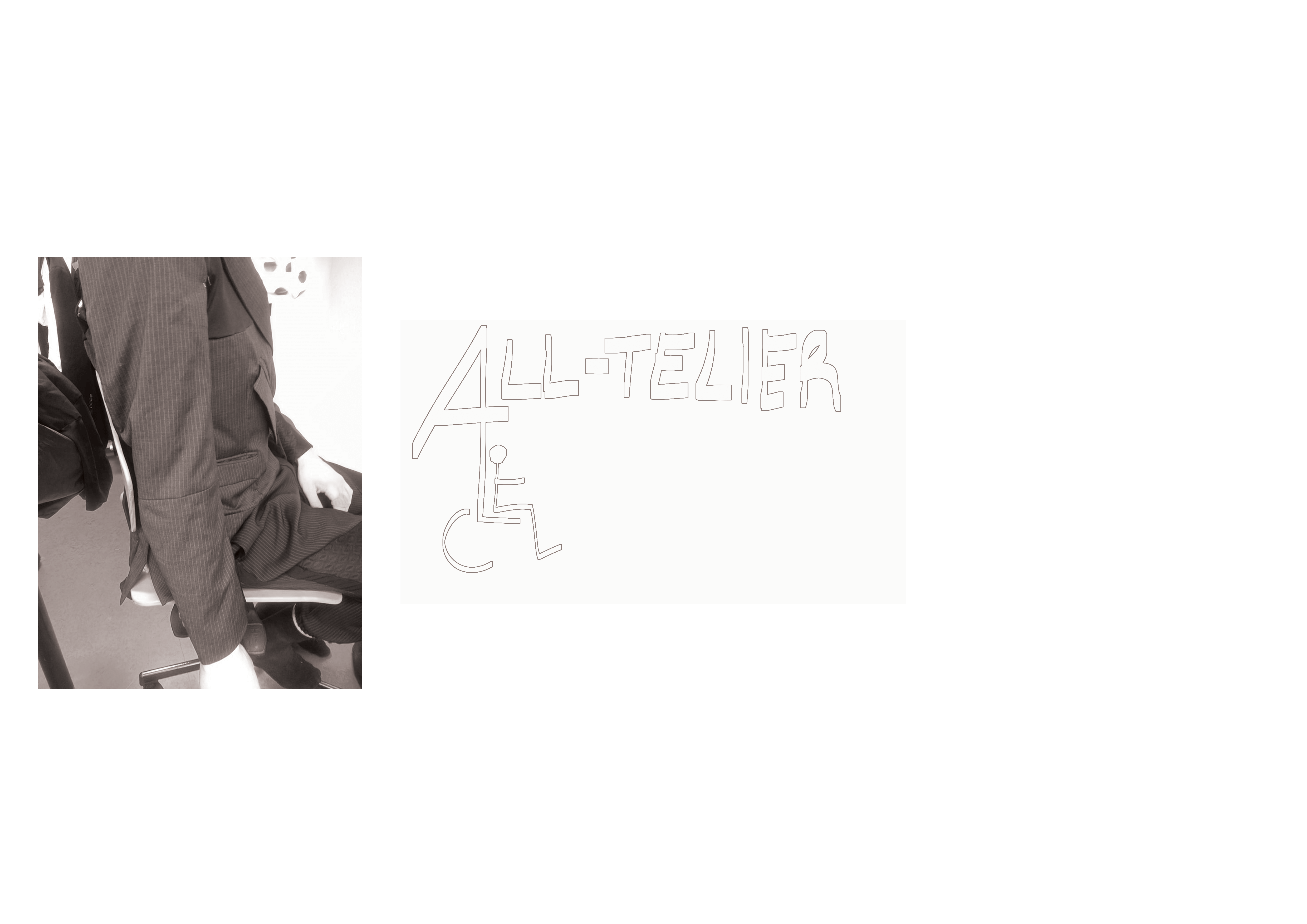RESEARCH
I have now decided to focus on the seated/wheelchair position. I will keep in mind the words elegant, sleek, and comfort this week. I want the wearers to be able to go to any meeting, interview or formal event and feel amazing, and comfortable, and able to do and be. Free of fashion restrictions.
I decided to to a little research into knitted suits. And as you can see below, the results were spectacular; from handmade experiments to grannies knitting packs. This, and adaptive fashion, is definitely one of the more unexplored territories in high-fashion.
I thought more about the meaning for my design decisions. Elements like colour I have not yet explored. Continuing using my brother as inspiration, its obvious which colours to go for: BLACK AND WHITE STRIPES: the colours of Newcastle United Football Club, my brothers obsession and my families religion. Thankfully the suit I experimented on is almost black with thin white pin stripes!
The textiles I found were second-hand, however the materials themselves are not completely sustainable. A lot of them are blends, which are much harder to recycle in current recycling methods. There contain elastane and polyester which help with stretch and feel, but can be damaging to the environment with synthetic chemicals and a water intensive cotton production. There are many cons of fabrics like these, but getting them second hand, giving them a new lease of life, and helping the circular economy from a student design level, is a good step in the right direction.





IT'S ABOUT TIME WE DIVERSIFY THE MANNEQUIN.

Design
I hunted for sleek black knitted fabrics in the AMFI scrap fabric boxes. This would provide my first experiment: what type of knit, how stretchy, and where is best to place the fabric. I found a very stretchy jersey-like scrap which I placed on the back for extra move-ability, but I'm scared it will drag down the suit too much. I placed stronger padded knits under the arms, as the elbow needs more support as it rubs against wheelchair arms. I also placed similar stretchy jersey on the shoulders by the arms, for arm move-ability. Here, I am discovering how different blacks knitted fabrics can be, and how I need to be careful when placing them next to each other.
I took out space from the inside elbow, so that the arm is fitted more to a bending arm which is rested on a wheelchair. I added a catch pocket to the other side of the blazer. And experimented with machine quilting/padding at the centre lower back, so that it can tuck under the person to act as a cushion for long periods of sitting.
I also added more elastic to the trousers for secured comfort and ease of accessibility. Also it keeps the person warmer when sitting. And I added the knit panels to the side seams and knees of the trousers, to allow space for a bent knee and fat spread at the sides when sat down.







Evaluation
My feedback said that good progress had been made. It is now more of a solid garment than an experiment. The knit addition is good. I can play with the pocket flaps in and out, and with other areas of playfulness.
I need to now get fit better, and look into leg and elbow bend more. The quilting needs to be improved to remain elegant. And I need to think of under layers and styling. I will keep it accessible, sleek, and formal.
For the presentation I will need disabled models, or my last option is to rent wheelchairs to sit in. For the final show I would definitely want disabled models, and cater to their needs and angers of current fashion. I plan to be playful with mannequins in my presentation, and show this process digitally on an ipad, for example.
